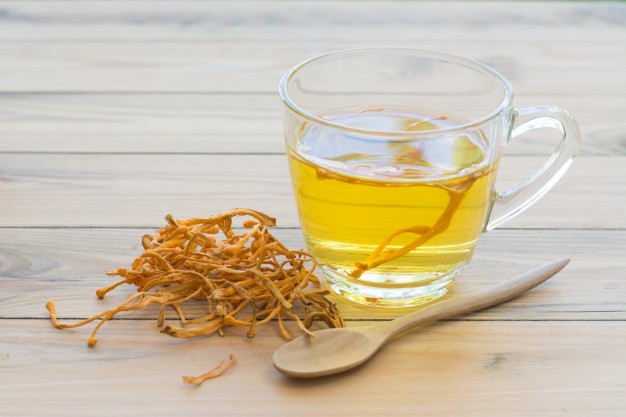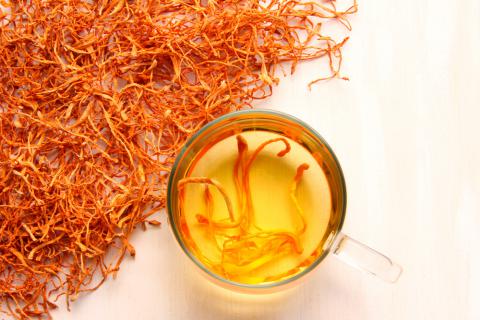Cordyceps is a genus of ascomycete fungi (sac fungi) that includes about 400 species.Most Cordyceps species are endoparasitoids, parasitic mainly on insects and other arthropods (they are thus entomopathogenic fungi); a few are parasitic on other fungi. The generic name Cordyceps is derived from the Greek word, meaning “club”, and the Greek word , meaning “head”. The genus has a worldwide distribution and most of the approximately 400 species. Cordyceps species are particularly abundant and diverse in humid temperate and tropical forests.Cordyceps has been found mainly in North America, Europe and Asia ( Nepal, China, Japan, Bhutan, Korea, Vietnam, an Thailand). . In India, it is prominently found in subalpine regions of grassy lands of Himalayas commonly known as “Keera Ghas” or “Keera Jadi”. Recently it has been reported from Sutol and Kanol villages of Chamoli district of Uttarakhand4. The ethnopharmacological use of Cordyceps sinensis has been reported from western Nepal for the cure of different diseases like diarrhea, headache, cough, rheumatism, liver disease, etc. This herb is also referred as “Himalayan Viagra” or “Himalayan Gold” due to its broad clinical and commercial value7. Cordyceps requires specific set of conditions for its growth and has small size; therefore, the large-scale collection of this mushroom is a daunting task. However, people within the age group 15–65 years including men, women, young boys and girls are the main collectors of this fungus and price for 1 kg of wild-collected mushroom in the market of Nepal varies from 30,000 to 60,000 Nepali Rupees while in India it costs about Rupees 100,000 6. Past 5 years have seen tremendous exploitation of Cordyceps which has significantly reduced its wild occurrence.
 CategoriesCordyceps Militaris Uncategorized
CategoriesCordyceps Militaris Uncategorized





